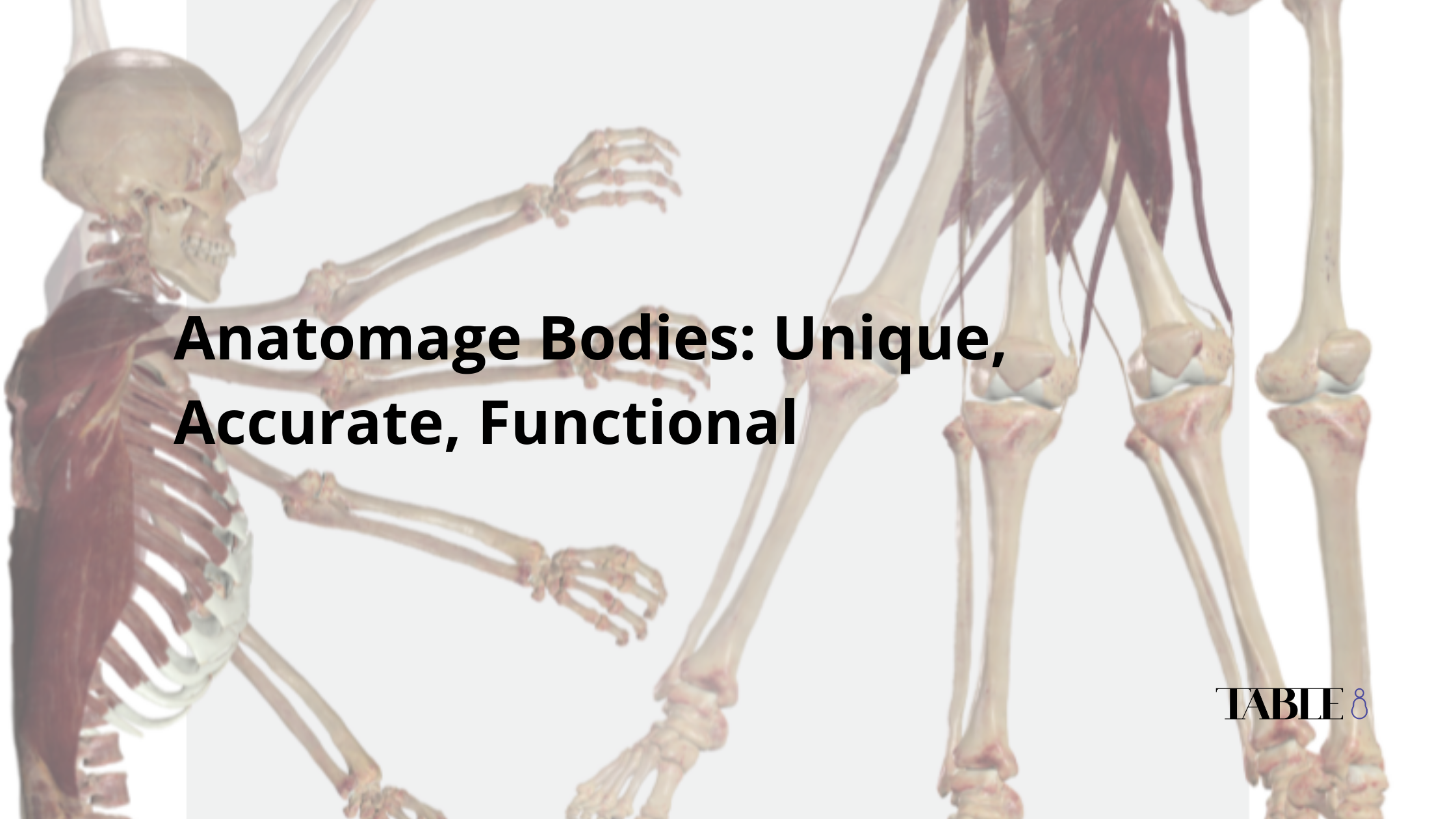Back in 2012, our Anatomage Bodies were referred to as digital “cadavers”. Reconstructed from real human corpses, they exhibit real anatomy content and data that can be manipulated for 3D visualization and interaction. At that time, their appearance and anatomy content was recognized for enabling users to interact with them the same way they would on a physical cadaver.
To our users, the bodies looked real.
But looking real isn’t the only thing we wanted to achieve – because going beyond what cadavers could offer is our utmost goal for the Anatomage technology.
To allow for medical experiments and 3D simulation on a real human body, we’ve programmed our digital bodies to replicate the following physiological responses:
Physiology Simulation 1: Cardiac Responses
In 2019, we released our initial heart motion tool – which makes it possible for Anatomage’s digital bodies to produce heartbeats. Digitally modeled after actual 3D cardiac CT scans, the heart motion simulation tool offers an accurate anatomical visualization of how a human body’s heart functions while helping users to visualize cardiac veins and coronary arteries in 3D details.
Users can also monitor the cardiac conduction to see how the electrical activities are generated by the collaboration between sinoatrial nodes, muscle cells, upper atria and atrioventricular nodes.
With Table 8’s launch, the heart motion tool has been refined and upgraded to show micro and nanoparticles flowing throughout the aorta. This allows for a visual discovery of the cardiovascular function of a human body by portraying the blood circulation of cardiac atria, ventricles, and the full body.
Physiology Simulation 2: Kinesiology
As the concepts of kinesiology might be challenging to be comprehensively explained without 3D visualization, we’ve programmed Anatomage Bodies to produce anatomic movements.
Students can look forward to experiencing hands-on learning activities to understand how anatomical movements are activated from skeletal, muscular, nervous, and cardiovascular tissue.
Movements at hips, knees, and shoulders can be altered to generate specific directions such as flexion, abduction, internal, rotation, protraction, and elevation. This will give students a holistic 360-degree-view of how a real human body moves and kinetically functions.
Physiology Simulation 3: Ocular Motions
Anatomage Bodies’ eye movements can be controlled and coordinated to play through different types of motions. A pupil dilation simulator is available for showing how iris muscles are triggered to dilate in response to light stimuli.
This physiology simulation tool can be used as visual references for any ocular motion and dilation concepts. The 3D visualization of eye movements enhances the learning of eye anatomy and physiology.
As one of the most complicated science concepts, physiology can be challenging to understand without integrating appropriate instructional materials. With these said, 3D anatomy visuals can offer educational insights into the concepts, improving students’ understanding of the materials better.
Visit Table 8 for more Anatomage Table content updates.
Keep on visualizing,




